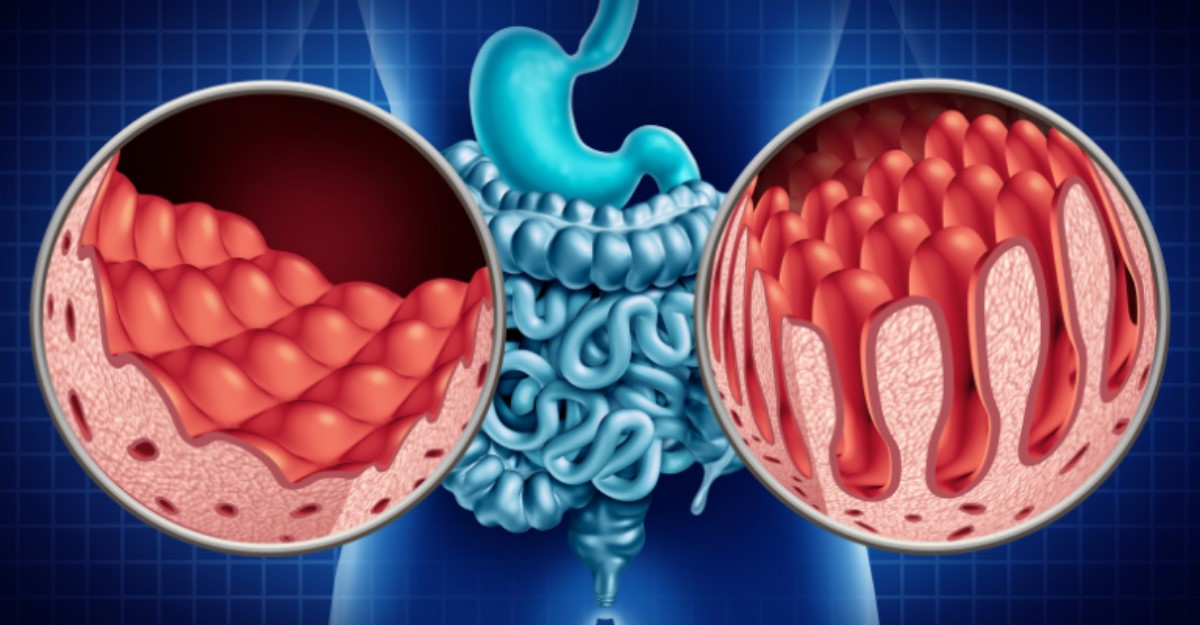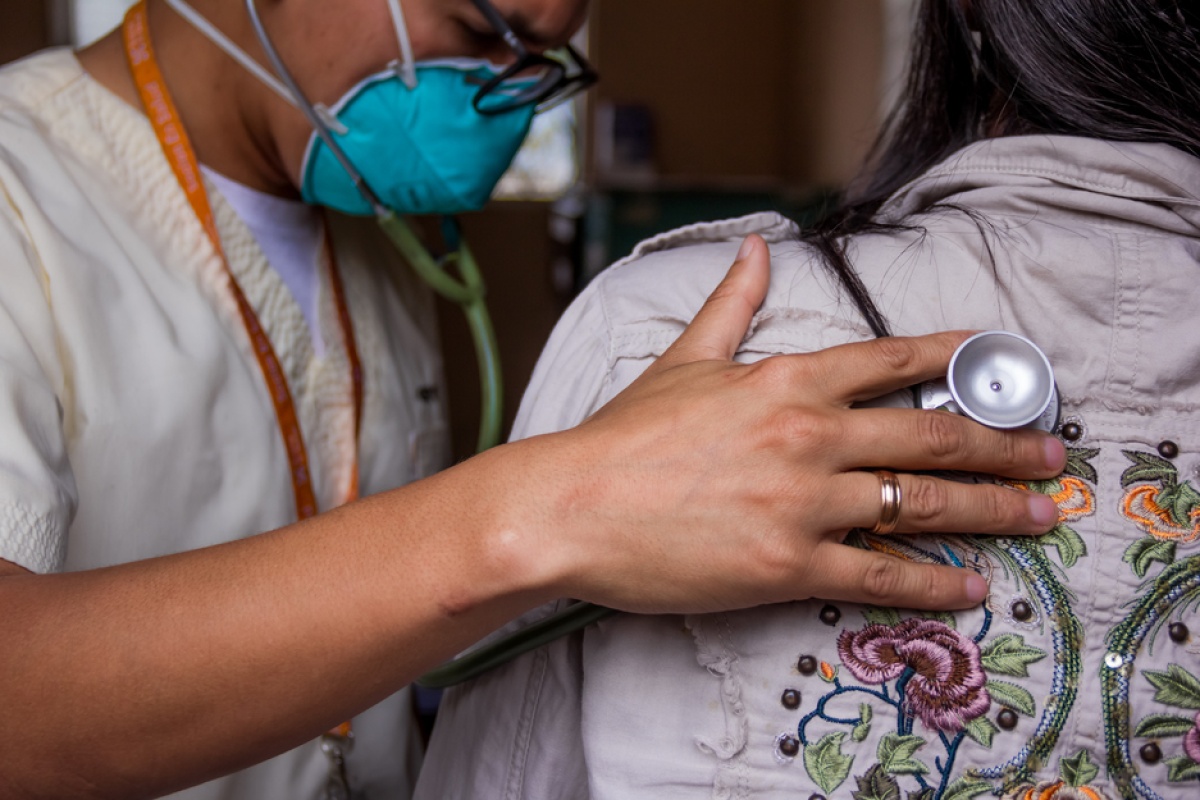
Leiner's Disease might sound unfamiliar, but understanding it can be crucial. Leiner's Disease is a rare skin condition that primarily affects infants, causing severe dermatitis, diarrhea, and infections. This condition is often linked to a deficiency in the immune system, specifically involving a protein called complement. Babies with this disease often exhibit red, scaly skin and may struggle with recurrent infections. Early diagnosis and treatment are vital to managing symptoms and preventing complications. In this post, we’ll explore 25 essential facts about Leiner's Disease to help you grasp its causes, symptoms, and treatments. Whether you're a concerned parent or a curious mind, these facts will provide valuable insights into this rare condition.
Key Takeaways:
- Leiner's Disease is a rare skin condition that affects infants, causing redness, scaling, and peeling of the skin. It may be linked to immune system dysfunction and genetic predisposition.
- Early recognition and treatment can lead to significant improvement in infants with Leiner's Disease. Regular medical check-ups and support from healthcare professionals and support groups are essential for managing the condition.
What is Leiner's Disease?
Leiner's Disease, also known as Leiner's erythroderma, is a rare skin condition that primarily affects infants. It is characterized by widespread redness, scaling, and peeling of the skin. This condition can be alarming for parents and caregivers due to its severe appearance and potential complications.
-
Leiner's Disease is named after Karl Leiner, an Austrian pediatrician who first described the condition in 1908.
-
This disease is also referred to as erythroderma desquamativum.
-
It typically appears within the first few weeks of life, often before the infant reaches three months old.
-
The exact cause of Leiner's Disease remains unknown, though it is believed to be linked to immune system dysfunction.
-
Symptoms include extensive redness, scaling, and peeling of the skin, often accompanied by diarrhea and failure to thrive.
Causes and Risk Factors
Understanding the potential causes and risk factors can help in managing and possibly preventing the condition. Though the exact cause is still a mystery, several factors are believed to contribute.
-
Genetic predisposition may play a role, as some cases have been reported in siblings.
-
Immune system abnormalities are thought to be a significant factor in the development of Leiner's Disease.
-
Some researchers suggest a possible link to deficiencies in the complement system, a part of the immune system that helps fight infections.
-
Environmental factors, such as exposure to certain irritants or allergens, might exacerbate the condition.
-
Infants with a family history of skin disorders may be at higher risk.
Symptoms and Diagnosis
Recognizing the symptoms early can lead to prompt medical attention and better management of the disease. Diagnosis often involves a combination of clinical evaluation and laboratory tests.
-
The hallmark symptom is widespread redness and scaling of the skin, which can cover large areas of the body.
-
Infants may also experience severe itching, leading to discomfort and irritability.
-
Diarrhea is a common symptom, which can contribute to dehydration and nutritional deficiencies.
-
Failure to thrive, characterized by poor weight gain and growth, is often observed in affected infants.
-
Diagnosis typically involves a thorough physical examination, blood tests, and sometimes a skin biopsy to rule out other conditions.
Treatment and Management
While there is no cure for Leiner's Disease, various treatments can help manage symptoms and improve the quality of life for affected infants.
-
Topical corticosteroids are commonly prescribed to reduce inflammation and soothe the skin.
-
Emollients and moisturizers can help keep the skin hydrated and prevent further scaling.
-
Antibiotics may be necessary if secondary bacterial infections develop due to broken skin.
-
Nutritional support, including special diets or supplements, can address failure to thrive and other related issues.
-
Regular follow-up with a pediatric dermatologist is crucial for monitoring the condition and adjusting treatment as needed.
Prognosis and Long-term Outlook
The long-term outlook for infants with Leiner's Disease varies, but many children improve with appropriate treatment and care.
-
With early intervention, many infants experience significant improvement within the first year of life.
-
Some children may continue to have sensitive skin or other dermatological issues as they grow older.
-
Regular medical check-ups are essential to monitor for potential complications and ensure proper growth and development.
-
Support from healthcare professionals, including dermatologists and nutritionists, can greatly enhance the management of the disease.
-
Parental education and support groups can provide valuable resources and emotional support for families dealing with Leiner's Disease.
Final Thoughts on Leiner's Disease
Leiner's Disease, also known as Leiner's erythroderma, is a rare but serious condition affecting infants. It involves widespread skin redness, scaling, and can lead to severe complications if not treated promptly. Understanding the symptoms and causes is crucial for early diagnosis and effective management. The disease often results from immune system deficiencies or metabolic disorders.
Treatment typically includes topical steroids, antibiotics, and nutritional support. Early intervention can significantly improve outcomes, reducing the risk of long-term complications. Parents and caregivers should stay vigilant for signs of skin changes in infants and seek medical advice immediately if they suspect Leiner's Disease.
Raising awareness about this condition can help more families get the support they need. Knowledge is power, and staying informed can make a big difference in managing and overcoming this challenging disease.
Frequently Asked Questions
Was this page helpful?
Our commitment to delivering trustworthy and engaging content is at the heart of what we do. Each fact on our site is contributed by real users like you, bringing a wealth of diverse insights and information. To ensure the highest standards of accuracy and reliability, our dedicated editors meticulously review each submission. This process guarantees that the facts we share are not only fascinating but also credible. Trust in our commitment to quality and authenticity as you explore and learn with us.


